Data storytelling with open data set(s)
Part 4: How to make a PR data story with zero budget
Recap: The alchemy – story gold from base metals
Our three-part formula for data storymaking for PR. Check. How to with Popular Culture Moments. Check. How with Brand Topics. Check. Ready for the final installment? Let’s go.
Calling these ‘Data Sets’ is a bit of a misnomer. Sometimes, we are working with large excel files packed with data. Other times, we just need a couple of data-points, harvested from a single, simple study or report.
The important part is that the data is open – it’s accessible, reliable (for a journo to depend on), and free.
Where to find open data for your PR story
Make your own:
use Google Trends, ahrefs, Meltwater, Brandwatch, to extract a search trend – like “most searched for sports to take up, after the Olympics”.‘Scrape’ the data:
a bit more expert, but ‘scrapers’ like Dataminer can extract data from websites and platforms like SpotifyClient’s own data:
an amazing source of proprietary data, sometimes it benefits from establishing a good contact directly with the keeper of the firehose, to help explore and crunch what’s useful for stories.Ask Google / ChatGPT:
searches with “data” and “statistics” in the query, and prompting ChatGPT to “think like a data journalist…” on your topic, can reveal data sources you might not be aware of.Build a library of sources:
like us, you’ll find sources that are reliably useful – so add them to a library. We keep ours in a Miro board – which each team uses as part of their storyplanning process, so it’s right on-hand. Everything from .gov.uk sites, to YouGov trackers, to Ordnance Survey - there’s a wealth of consistently useful stuff out there for freeeeeeeee.
How to work the data sets
Probably too ambitious to give a useful how-to on hardcore data-crunching here.
Simply, data stories are about:
Identifying differnces / patterns / change / causality – together with the Pop Culture media association and timing – is what makes it a newsworthy story.
Lots of simple data storymaking doesn’t require Excel Mathletes’ level of skills. It just needs sufficient number-work to develop one of these.
The degree of data-manipulation needed is arguably highest when we’re trying to show that ‘correlation and causation’ story.
As a mix of inspiration for this, as well as a cautionary note – you might’ve seen the examples on Spurious Correlations - showing two sets of highly correlated data, but utterly devoid of a causal relationship. Like:







